The Space Shuttle: Celebrating Thirty Years of NASA’s First Space Plane
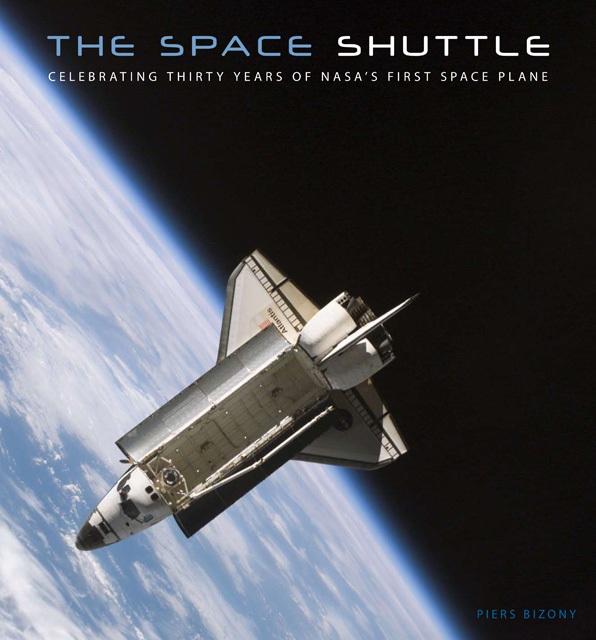 by Piers Bizony
by Piers Bizony
“An era of space capability that we have taken for granted is coming to a close with startling speed.”
In the summer of 2011 NASA’s only sustained space flight program came to an end after three decades and 135 flights. This book is essentially a lavishly illustrated retrospective of the missions and orbiters.
Timing is everything—in space flight and in publishing. As is the desire to be first. While it is understandable that the author wanted his book to be the first on the market at the end of the shuttle program it is a pity that the price for being first is to have to write about the last mission in the future tense (particularly odd as the book was released in October whereas the mission returned to Earth in July). Its crew, the smallest in 28 years, was still in high school and college when the first shuttle was shot into space in 1981 without even a test flight, and it boggles the mind to think how large a chapter this “flawed yet brilliant spaceship” has contributed to the history of mankind.
While the excellent photos, all from NASA and quite a number heretofore unpublished, are the book’s main attraction, the background narrative too is noteworthy. Already in the very first paragraph students of space history will note with approval that Bizony draws attention to the groundbreaking work of a man who normally doesn’t even appear in the indices of other books that are all atwitter over Wernher von Braun or Robert Goddard: Austro-Hungarian aerospace engineer Eugen Sänger (1905–64) whose mathematical work on manned, bi-fueled, liquid rocket-powered sub-orbital and reusable lifting bodies laid the foundation for what would become the space shuttle.
From the early 1960s proof-of-concept experiments in which a wooden prototype lifting body was towed by a souped-up Pontiac until airborne (alas, no photos) so as to prove to skeptical NASA and USAF senior managers the viability of a wingless re-entry capsule to such milestones as Skylab and the Hubble telescope, Bizony hits all the points that especially a reader new to the subject would want. The emphasis is on operational, not hard-core technical details or specs. Bizony is a seasoned science writer with several aerospace books and a host of magazine articles to his credit and so it is not clear how to account for the fact that there are minor but annoying glitches present in this book, such as the name of an orbiter being listed correctly in the head but not in the text. This sort of thing doesn’t happen much, though.
Each of the seven chapters—cleverly evoking rocketry connotations by being called “stages”—has a multi-page introduction that highlights key technical and, to some limited extent, political developments. The text accompanying each mission is very brief, consisting of a data panel (mission number, launch/return dates, crew names) and a short description of flight particulars such as payload, experiments, or extraordinary operational issues.
The last chapter/stage describes the “processing” of an orbiter on the ground by literally a cast of thousands of unknown but nevertheless mission-critical personnel. It ends with a foldout, two-page exploded technical drawing of the space shuttle by Simon Atkinson. This is the only chapter in which at least some detail of the ground facilities is presented. Very little is said about the multitude of subcontractors to the STS— Space Transportation System—program.
All the photo pages are on glossy black paper and pretty much impossible to keep fingerprint-free. It is no exaggeration to call the photos spectacular—the image quality is just amazing and what they show is simply something few of us will ever see in person. Even though space appears black it is surely no accident that the endpapers and the cover boards are sky-blue. Incidentally, the author is also listed as the designer, which, if true, shows him to have uncommonly good ideas (just take a look at the Foreword: the text is flanked on each side by one half of the shuttle seen from above, as if the text has been lifted by the visible robotic arm out of the open cargo bay).
Appended is a “flight log” enumerating in tabular form key stats of all 135 flights, along with a handy reference to the respective book page. There is no astronaut or director roster, and there is no Index.
Copyright 2011, Sabu Advani (speedreaders.info).


 RSS Feed - Comments
RSS Feed - Comments
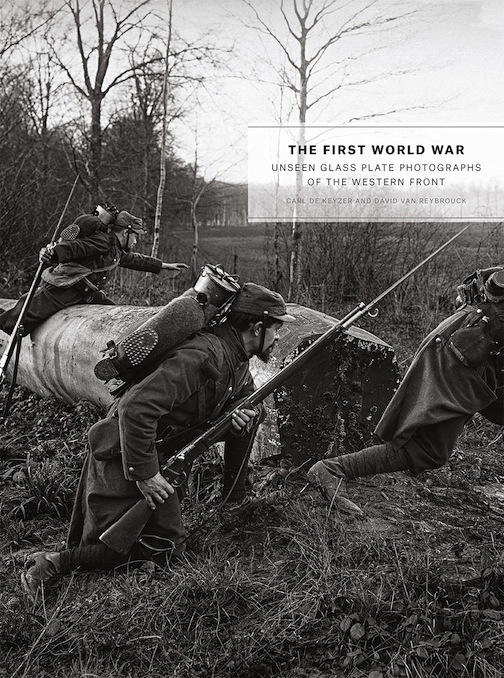








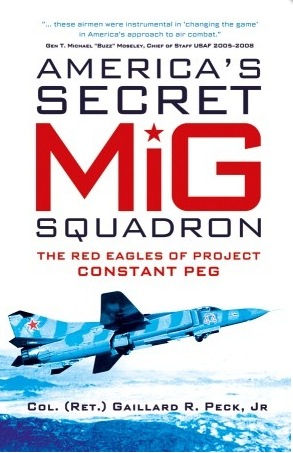









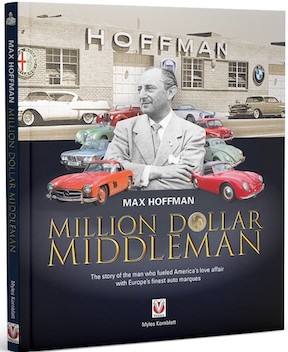








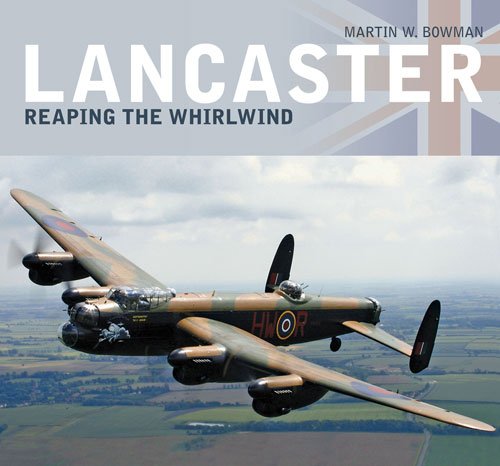

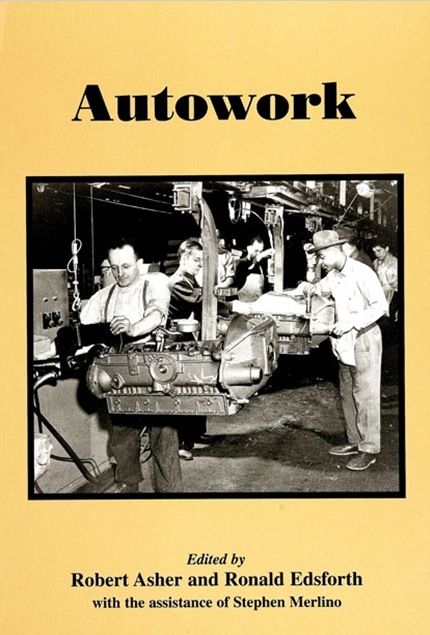
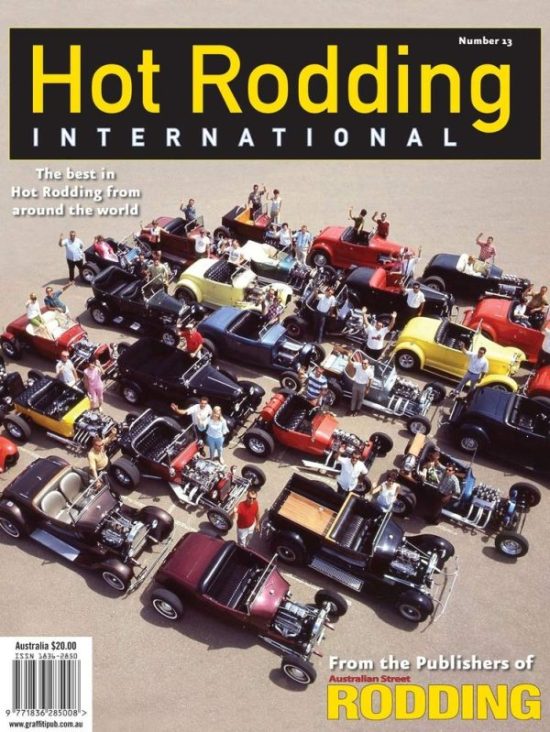
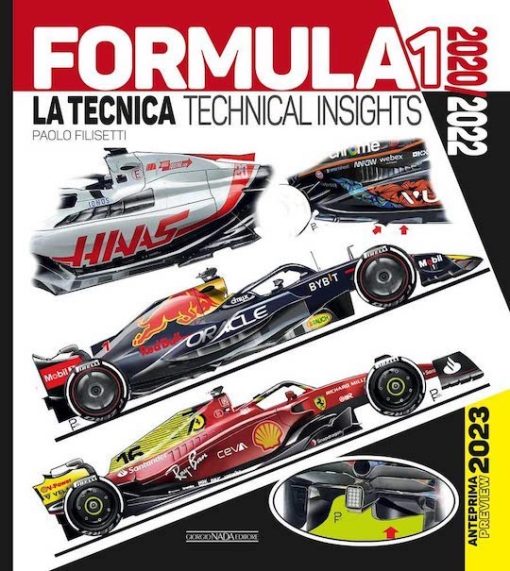







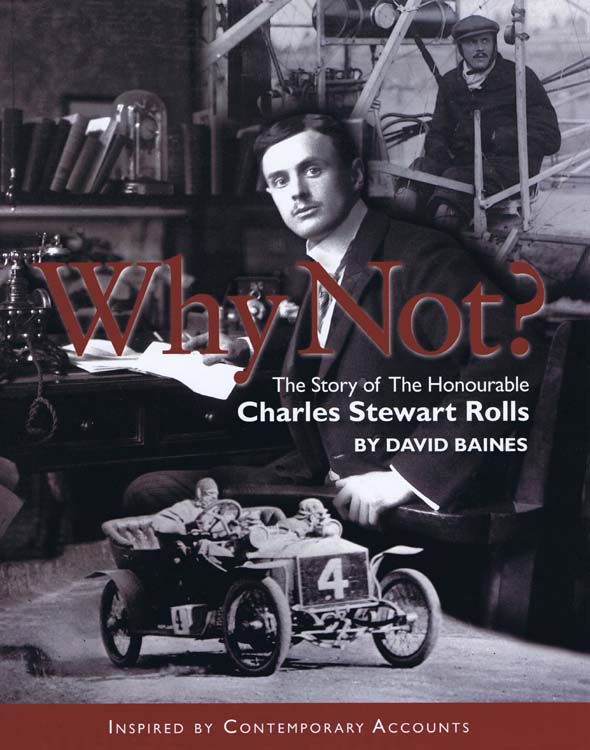

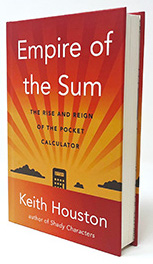
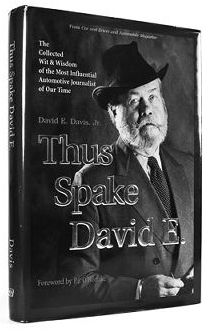













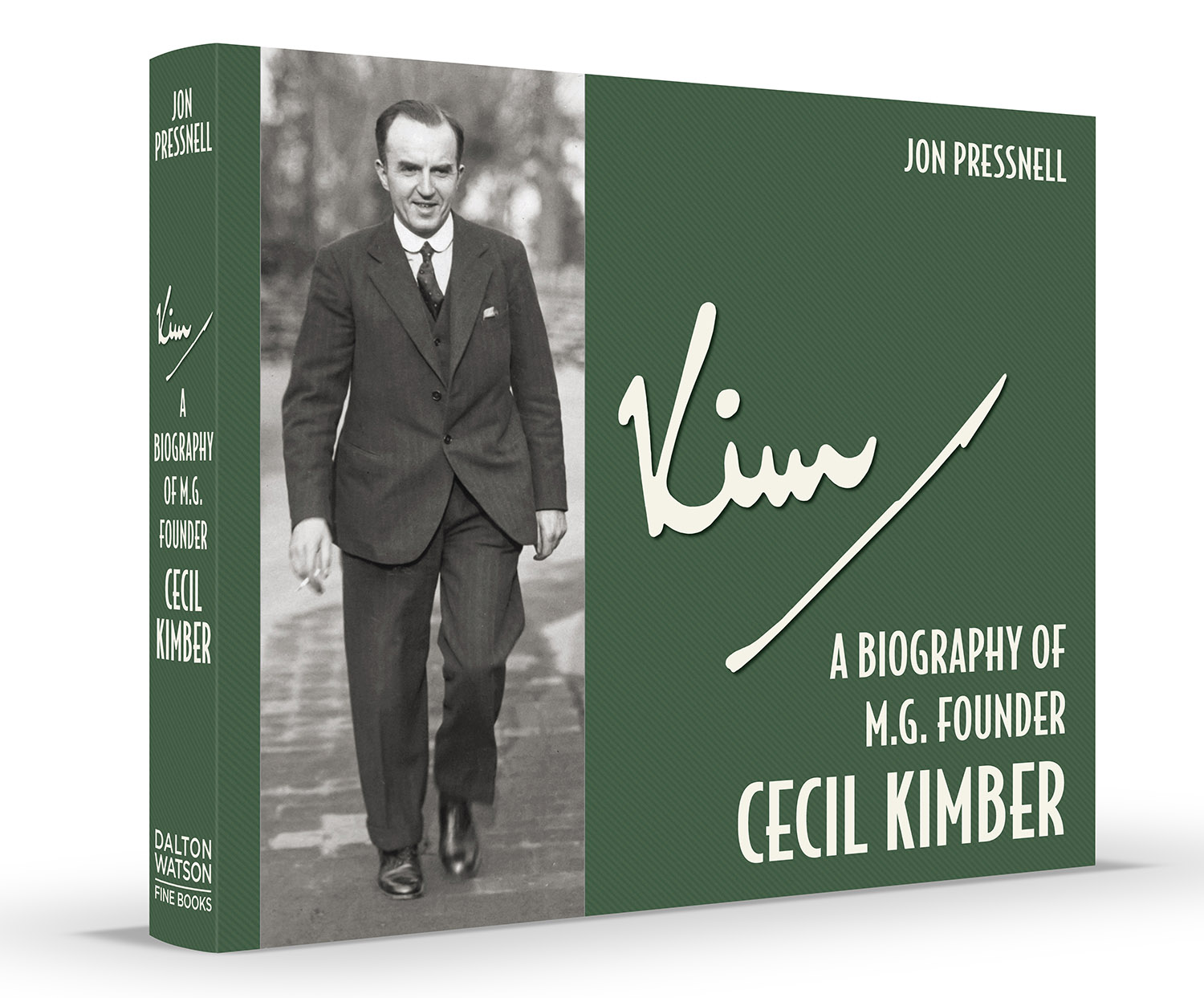
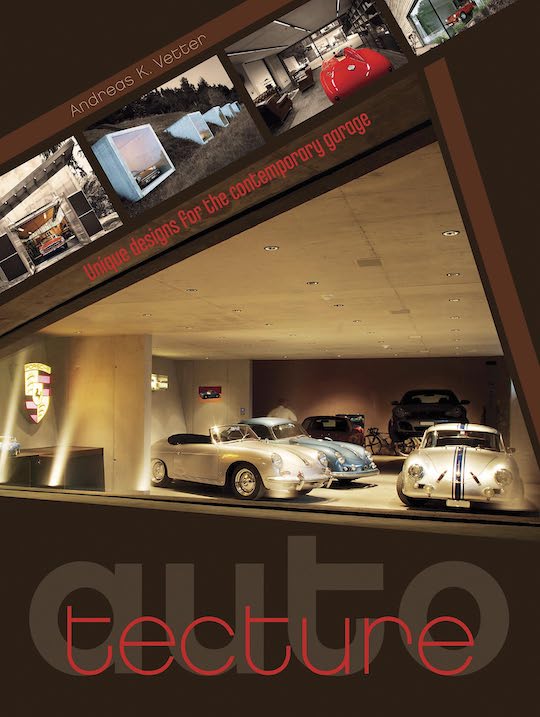
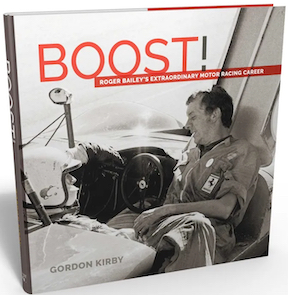
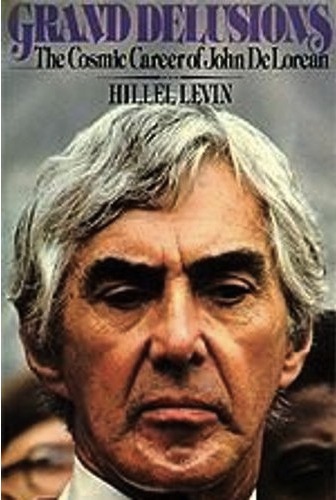
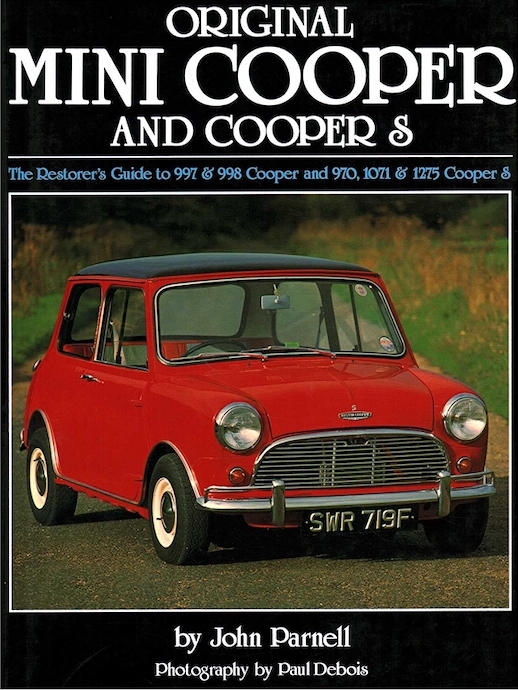
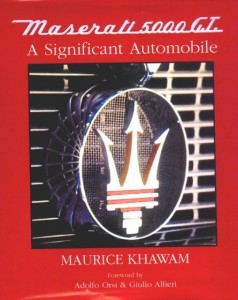





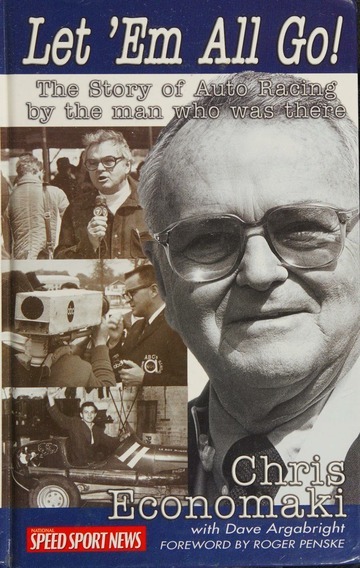

 Phone / Mail / Email
Phone / Mail / Email RSS Feed
RSS Feed Facebook
Facebook Twitter
Twitter